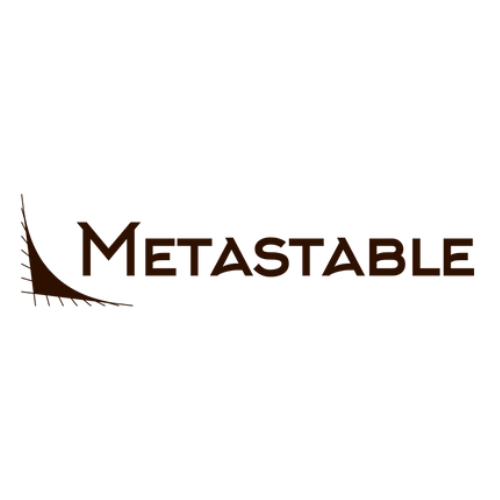
Blade Wallet
Blade Wallet is a non-custodial Web3 digital wallet primarily designed for the Hedera Hashgraph ecosystem. It offers users a secure and seamless way to manage their Hedera native HBAR and Hedera Token Service (HTS) tokens as well as non-fungible tokens (NFTs). It emphasizes enterprise-grade security with certification from third-party audit firms including CertiK.
It is available on mobile for iOS and Android and as a Chrome browser extension. Blade Wallet provides self-custody with user-friendly interface. Its key features include native HBAR staking, an integrated NFT gallery, and the ability to buy HBAR and USDC directly in-wallet through partnerships with fiat on-ramp services with MoonPay and Banxa. The wallet also facilitates interaction with decentralized applications (DApps) within the Hedera network.
Blade Wallet also features dual network capabilities, allowing users to access and manage assets on both the Hedera and Ethereum blockchain networks from within the same wallet. This includes support for in-wallet cross-chain swaps between ecosystems which can be facilitated by integrations with services such as Changelly. Blade Wallet also supports integration with Ledger hardware wallets for users additional asset security.
Project Information
Related Projects

Coming soon..

Karate Combat is a unique experience combining professional martial arts with gaming and Web3 technology. It features a full contact karate league with fighters from various karate styles and, occasionally, other striking-based martial arts, compete in a unique, 6.5m x 6.5m "combat pit" with 45-degree angled walls that promote continuous action.
A hallmark of Karate Combat is its innovative use of technology. Fights are streamed globally and feature immersive CGI environments created with the Unreal Engine, offering a visually distinct experience. The league is deeply integrated with Web3 technologies, and leverages the Hedera blockchain network.
This integration includes the $KARATE token, which allows fans to participate in the "Up Only Gaming" system which rewards users for wins without forcing them to wager tokens. Through a dedicated mobile app, fans vote for fighters, potentially increasing the fighters' prize pools, and earn more $KARATE tokens if their chosen fighters win, without losing tokens for incorrect picks.
Karate Combat’s unique combat system features rules emphasizing exciting, striking-based combat, with three-minute rounds and a scoring system that rewards aggression and effectiveness. It’s known for its fast-paced action, powerful knockouts, and unique presentation.

Apache Log4j is an open-source, Java-based logging utility used by developers to record application events, errors, and operational data. It is a popular tool for debugging, system monitoring, and conducting audits across myriad Java platforms.
In the Hedera ecosystem, the log4j2-hedera repository offers a specific integration for Log4j 2.x and provides a custom appender that enables recording of logged events directly to the Hedera network via the Hedera Consensus Service (HCS). This allows applications to interact with HCS to submit their log entries, effectively writing them onto Hedera's distributed ledger.
The primary benefits of this integration include ensuring that logged data is distributed, secure, and transparent providing provable security. Furthermore, it guarantees the integrity and immutability of the recorded log information, as each entry is validated by Hedera’s consensus mechanism. This specialized appender provides a robust solution for applications requiring verifiable, tamper-resistant logging. This use case is distinct from how Hedera's core network software and provides additional verification.

MetaStable is a decentralized finance (DeFi) platform that aims to provide a secure, private, and compliant environment for trading synthetic assets. The company is focused on leveraging advanced cryptographic techniques to solve some of the key challenges in the DeFi space, such as high slippage, impermanent loss, and regulatory uncertainty.
The core of MetaStable's service is its Automated Market Maker (AMM), which is designed to facilitate the trading of synthetic assets with minimal price impact. A key feature of the platform is its use of Zero-Knowledge Proofs (ZKPs), which allows for the verification of transactions without revealing the underlying data. This provides a high degree of privacy and confidentiality for users. The platform also includes a "DeFi Firewall," a proprietary technology that helps to ensure regulatory compliance by preventing illicit funds from entering the ecosystem.
MetaStable’s "chain-agnostic" design and support for EVM-compatible DLTs allows it be interoperable with various networks including the Hedera blockchain.
